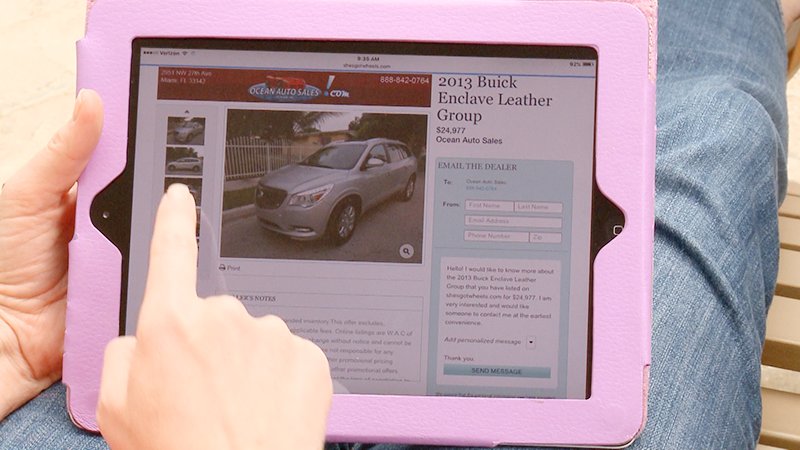During our last visit, we discussed the types of financial institutions that offer retail car loans — banks, credit unions, captive (automaker) finance companies — as well as how they treat your FICO credit score in the form of tiers of credit. For this article, we are going to explore some additional avenues of auto loan financing that may be available to you.
Indirect Lenders
Also known as wholesale lenders, banks, usually large banks with a large national or regional footprint – offer money directly to the car dealers to lend for auto loans. The difference here is that the local F&I (Finance and Insurance) professional at the dealership usually works directly with several wholesale lenders to get the best rate and terms. The dealer usually marks up the loan a few percentage points for profit depending on your credit score, the urgency to make the deal and the amount of inventory the dealership needs to sell. Of course, there are advantages and disadvantages to this option.
The Upside: The dealer is a motivated seller that directs plenty of business to these lenders. As a result, they can (and often do) act on your behalf in those situations where your credit is less than perfect, and/or when you need a lower down payment. You benefit from the dealer’s leverage with the lender.
The Downside: If you are looking to purchase a popular model in high demand, or the profitability of the deal is otherwise lean for the dealer, they could try to make the deal more profitable by charging you a higher interest rate. However, you always have the final say, and if you have shopped for a loan the way you shopped for the vehicle, you should have some choices for the best terms and interest rate.
Buy-Here-Pay-Here
This is a popular solution for smaller, independent used car lots. Also known in the past as We-Tote-the-Note, this sort of arrangement carries a higher interest rate and is outlet-specific. This is the world of “sub-prime” automotive financing and it means exactly what it says – financing for people with lower credit scores who often will not qualify for a more traditional financing.
The Upside: If you have a steady job — usually one that pays at least $300/week that you have held for a minimum of 6 to 12 months and have the paystubs to prove it — and meet some other basic requirements (usually no bankruptcies or judgments), these dealers can get you into a vehicle. They will often help build a positive credit profile for you by reporting your on-time regular payments to the local credit agencies.
The Downside: Older vehicles, higher mileage, shorter warranties (if any), and little or no tolerance for late or missed payments. Because these lots are smaller and less capitalized, they are also less likely to work with you to resolve problems. This can sometimes result in even more problems with a vehicle that breaks down, doesn’t run, or has other issues.
Originally written by Ken Chester Jr.









